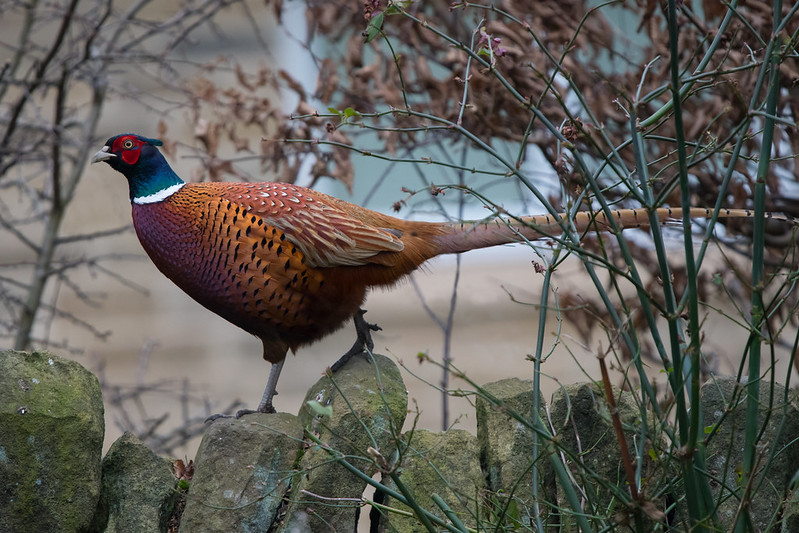
In order to avoid getting a whipping in court yesterday and today, DEFRA had to concede last week on the necessity to assess the impacts of the release of tens of milllions of non-native gamebirds on protected wildlife sites. That is what Wild Justice asked for and that is what we got.
Because DEFRA has not remotely got close to doing that assessment it would be unlawful for them to allow releases of Pheasants or Red-legged Partridges ahead of next year’s shooting season if they would damage sites of high conservation value. Wild Justice is grateful to the Hon Mr Justice Kerr for granting us permission for judicial review of those releases and for agreeing with us that the case had to be heard in the autumn in order to allow its impacts to felt in 2021, as shooters import millions of eggs and young birds in the spring to be reared in the UK, relased in the summer and shot at in the autumn and early winter.
So now DEFRA has to move fast and the route it has chosen is severalfold.
One of the most interesting aspects is the change of legal status of the Pheasant and Red-legged Partridge which DEFRA will move onto Schedule 9 of the Wildlife and Countryside Act. You will see that these two gamebird species are now going to go on a list of species which cannot be released into the English countryside except under licence because (DEFRA Witness statement para 28) they may cause ecological, environmental, or socio-economic harm. Most of these listed species are non-native (as are Pheasant and Red-legged Partridge).
I would never call any species vermin, but in the parlance of the shooting community these two gamebirds will now be classified as non-native vermin whose presence in the countryside must be licensed.
The story doesn’t end there but if it did then anyone releasing these birds into the English countryside would require a licence. I’ll come back to the extra refinements and complications later today (at 4pm) but let’s just pause here. This is the biggest change in status of these gamebirds since the Game Act of 1831. Pheasants are a non-native problem species.
DEFRA likes to call some of these measures interim – just remember that when income tax was introduced into the UK in 1799 it was a temporary measure.
[registration_form]
Mark, Chris and Ruth Champions of the world!
Can someone tell me when the first pheasant arrived in the UK? And how long before a species is declared native or naturalised rather than invasive? I am not talking about those imported by shoots for bulk release each year. Does anyone know? Does the same apply to the rabbit (Romans or Normans?) or anything else for that matter? Perhaps the debate relates more to volume rather than long-term breeders. I fully acknowledge that some species (grey squirrel, muntjac, etc) can be a nuisance but would a few old pheasants breeding wild be the same?
Happy to catch one regularly in a season but not personally looking to shoot hundreds in an day’s driven shooting; leave that to others if they wish. Delicious and lead-free are mine!
There’s no shortage of people in the grouse world (keepers, etc) who have always resented Pheasants and reared Partridges. They don’t want anything to do with them and do see them as vermin when they encroach on the moor edges. To them, the only useful purpose of the Pheasant is getting itself run over – the corpse attracting other birds and beasts that are easy to shoot from the vehicle window.